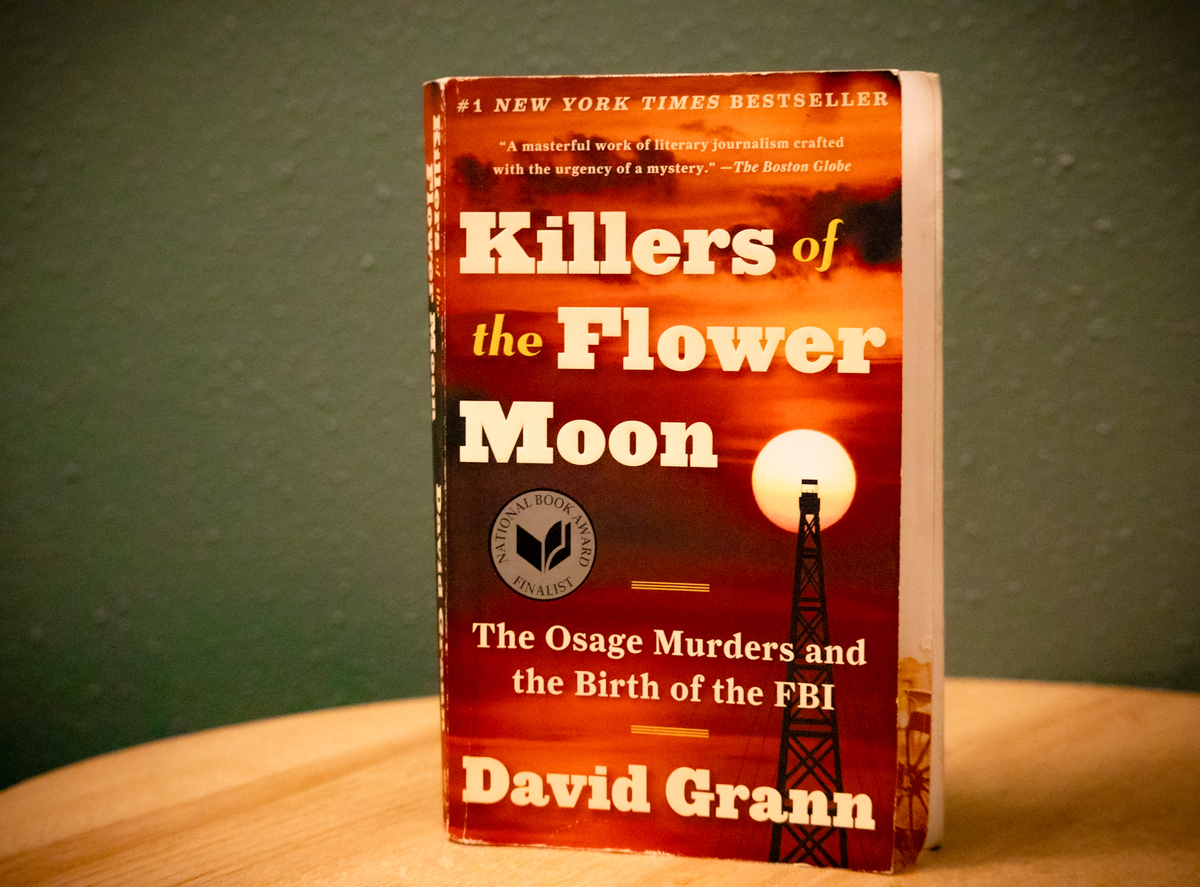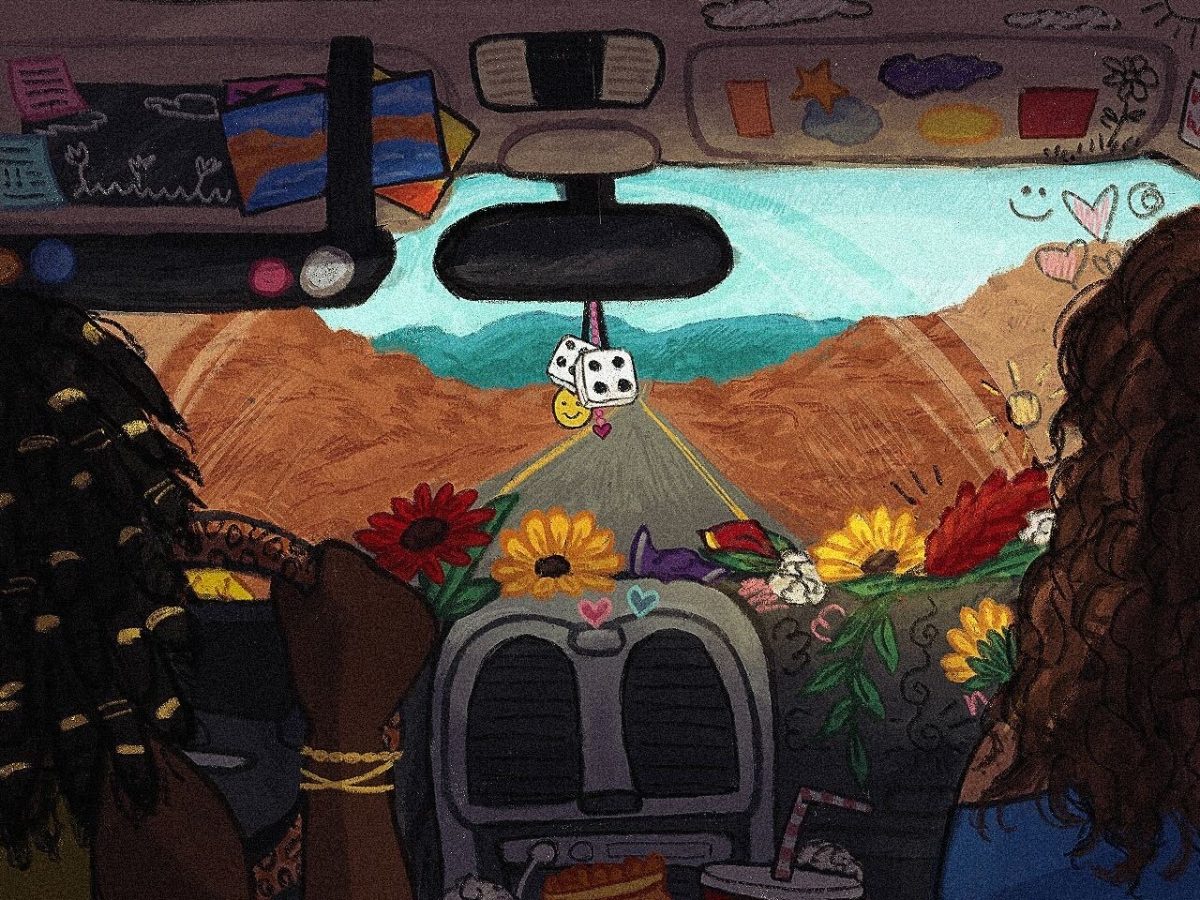The treatment towards Native Americans has always been a dark spot in America’s history. In Martin Scorsese’s latest film, “Killers of the Flower Moon,” part of this horrific aspect of the past is explored in a true crime epic centered around white greed.
Killers of the Flower Moon is a historical piece set in the 1920s which shines a light on the horrific nature of the Osage murders following the unexpected discovery of oil on their land. It is based on the book of the same name by journalist David Grann, and fans of the book will be happy to know that the movie follows the book almost exactly.
Of course, there were some stylistic liberties taken, such as focusing entirely on the murders of solely the Burkhart family and two of those who were close to them, as opposed to the other deaths in the Osage tribe. In contrast, the book utilizes that as a jumping off point to talk about all the murders and how some were never fully solved.
Another style choice was cutting out the FBI’s role. The second part of the book focused on how this case helped bring the FBI into greater notoriety and the detectives who were investigating these murders. However, the movie does not include this, probably to keep the already long movie from breaking four hours.
The movie’s length seems extreme, and it can be daunting sitting for three and a half hours; however, while it did feel like some scenes were slower than others, every part of the movie felt like it contributed to the story line.
“Killers of the Flower Moon” is rated R due to strong language as well as graphic depictions of violence. There are some pretty gruesome scenes which play out as they were described in the book. At times, it felt like too much, reading as shock value rather than focusing on the heartbreaking murders.
Besides the, at times, unnecessary depictions of violence, one of the biggest changes from the book is the narrative point of view. While I won’t get into too many details, as to not spoil it, the movie chooses to focus more on the people who carried out and planned the murders of Mollie Burkhart’s family, rather than solely Mollie Burkhart.
It may seem like a slight change, but the movie felt as if it was missing some of the truly heart-wrenching moments that the book offers, taking away from the victims at the center of the murders.
There is one particular scene in the movie in which the narration shifts so that it feels like the viewer is walking through a train platform and being looked at like the Osage people. It is a truly unnerving moment that is designed to make one feel uncomfortable, and it leaves one wondering how the movie’s impact or message would change if this was the narration that was pushed the whole time — not focused on the white perpetrators, but instead the Osage people who were forced to deal with the implications of the murders.
Even though these differences, while few and far between, were quite big ones, the movie was still very interesting and a good watch.
All the actors put on incredible performances, with the biggest stand out being Lily Gladstone, who plays Mollie Burkhart. Gladstone is actually Native American, having grown up on the Blackfeet Reservation in Montana. While she has had parts in other projects such as “Reservation Dogs,” this was her biggest role to date and she shined.
The cast was jam-packed with other stars, including Leonardo DiCaprio, Robert DeNiro, and Brendan Fraser.
While this movie was not perfect, the message is. Scorsese truly brought part of our country’s past alive in a way that informed while also intrigued and entertained the viewer. It was a movie that left one thinking as they left the theater, and it surely should and deserves to win several awards.








